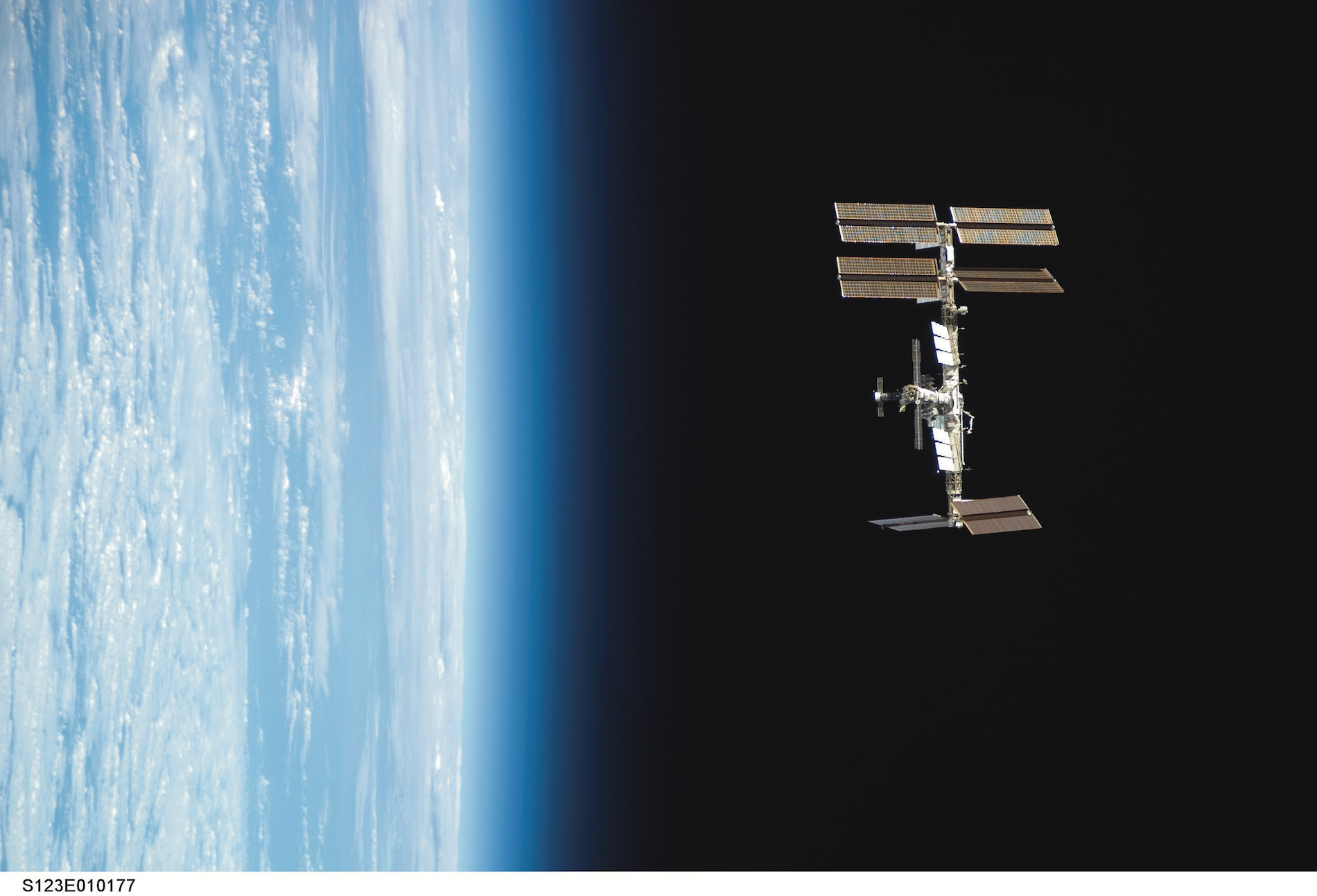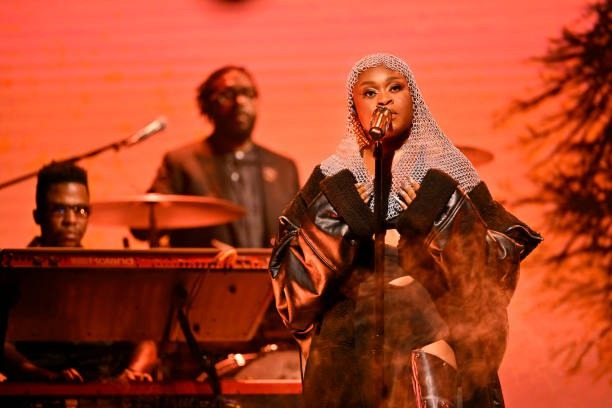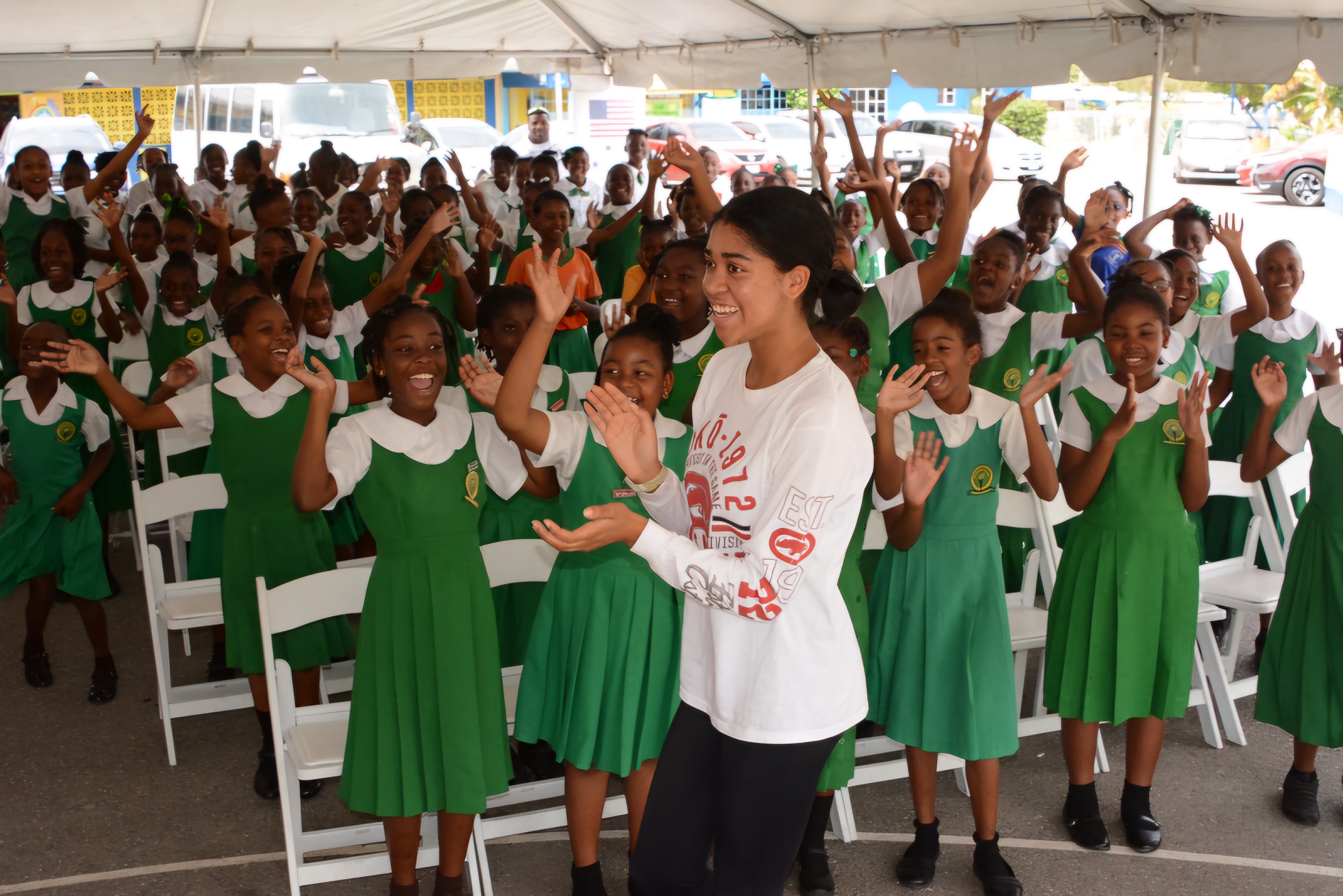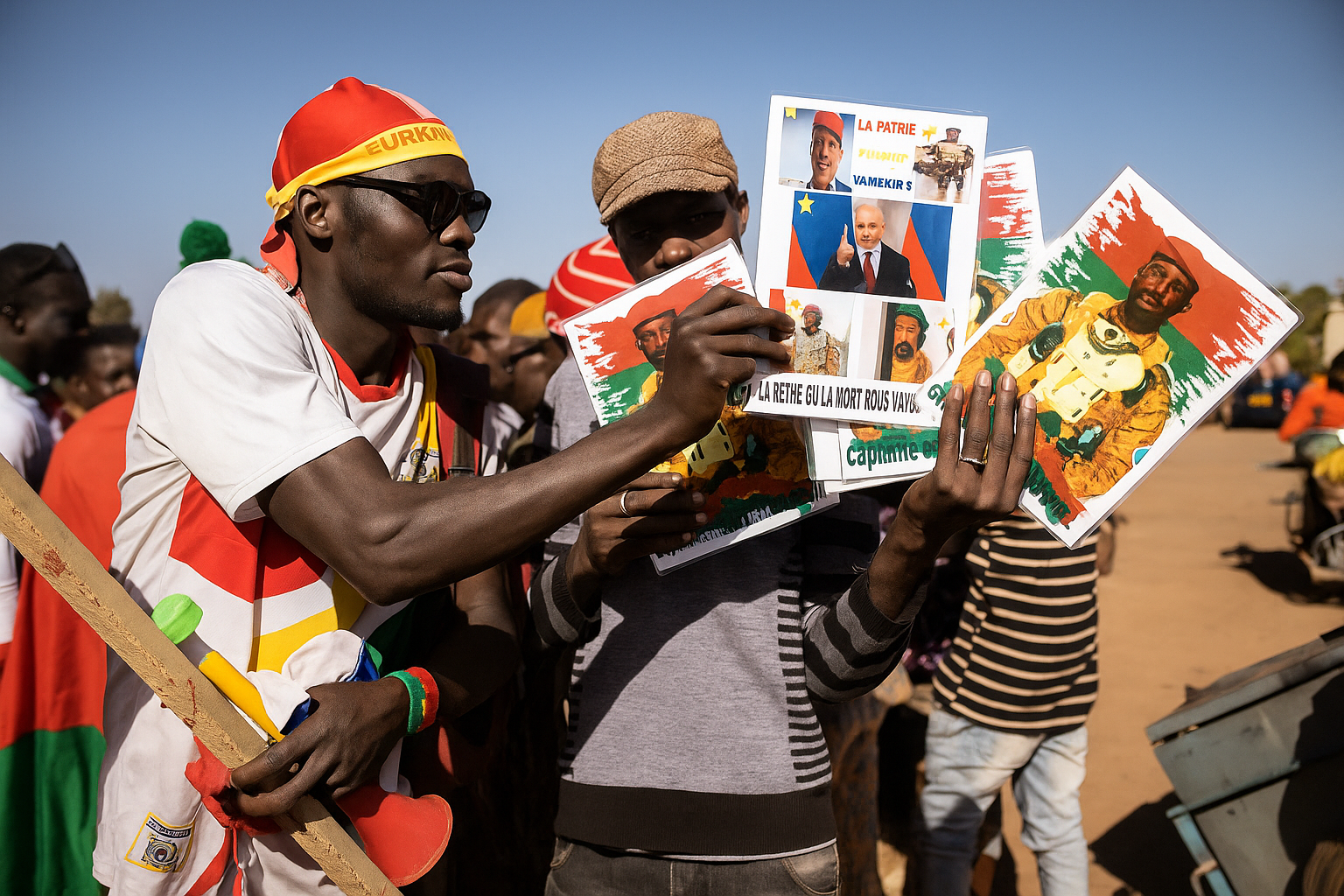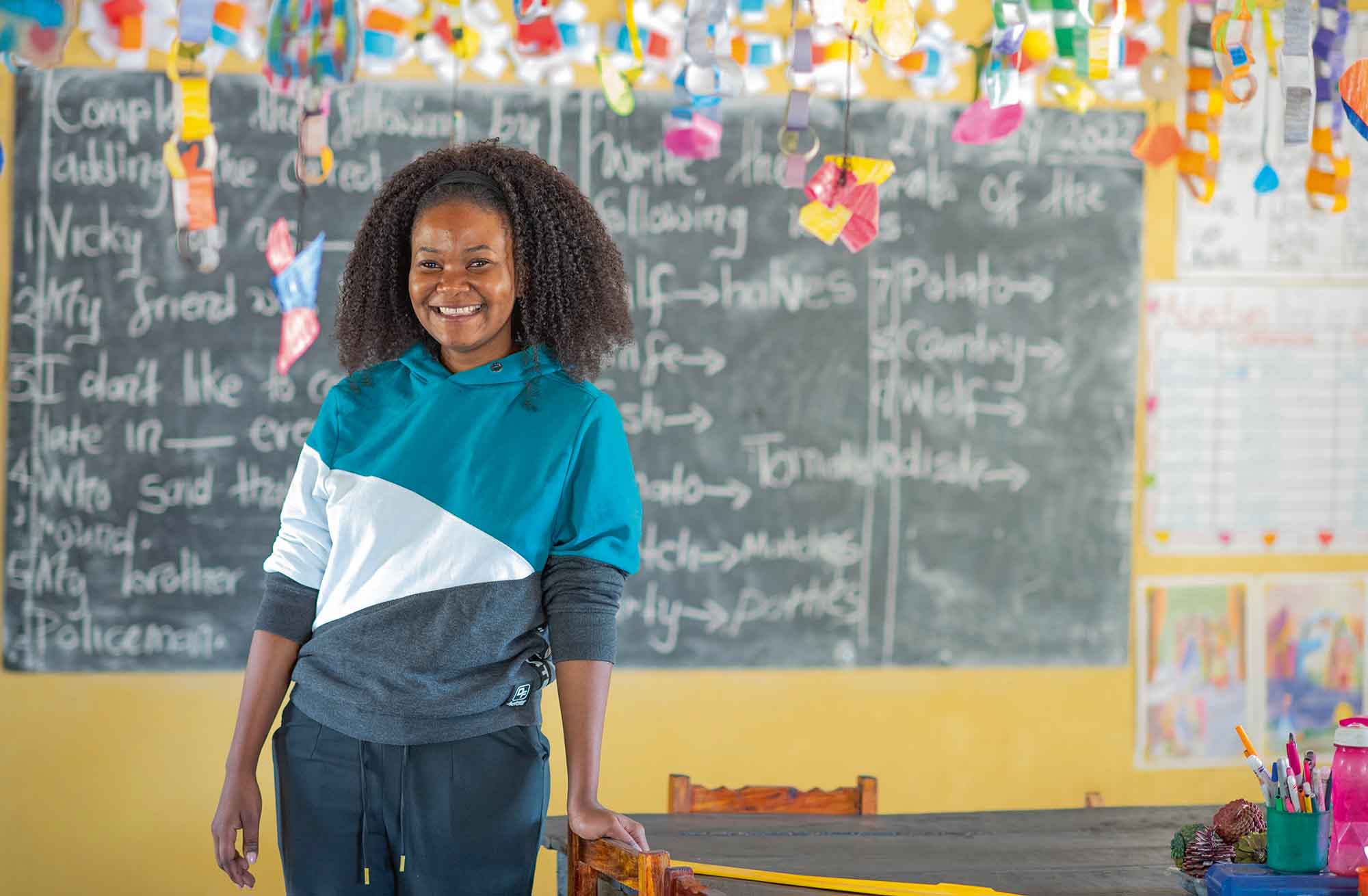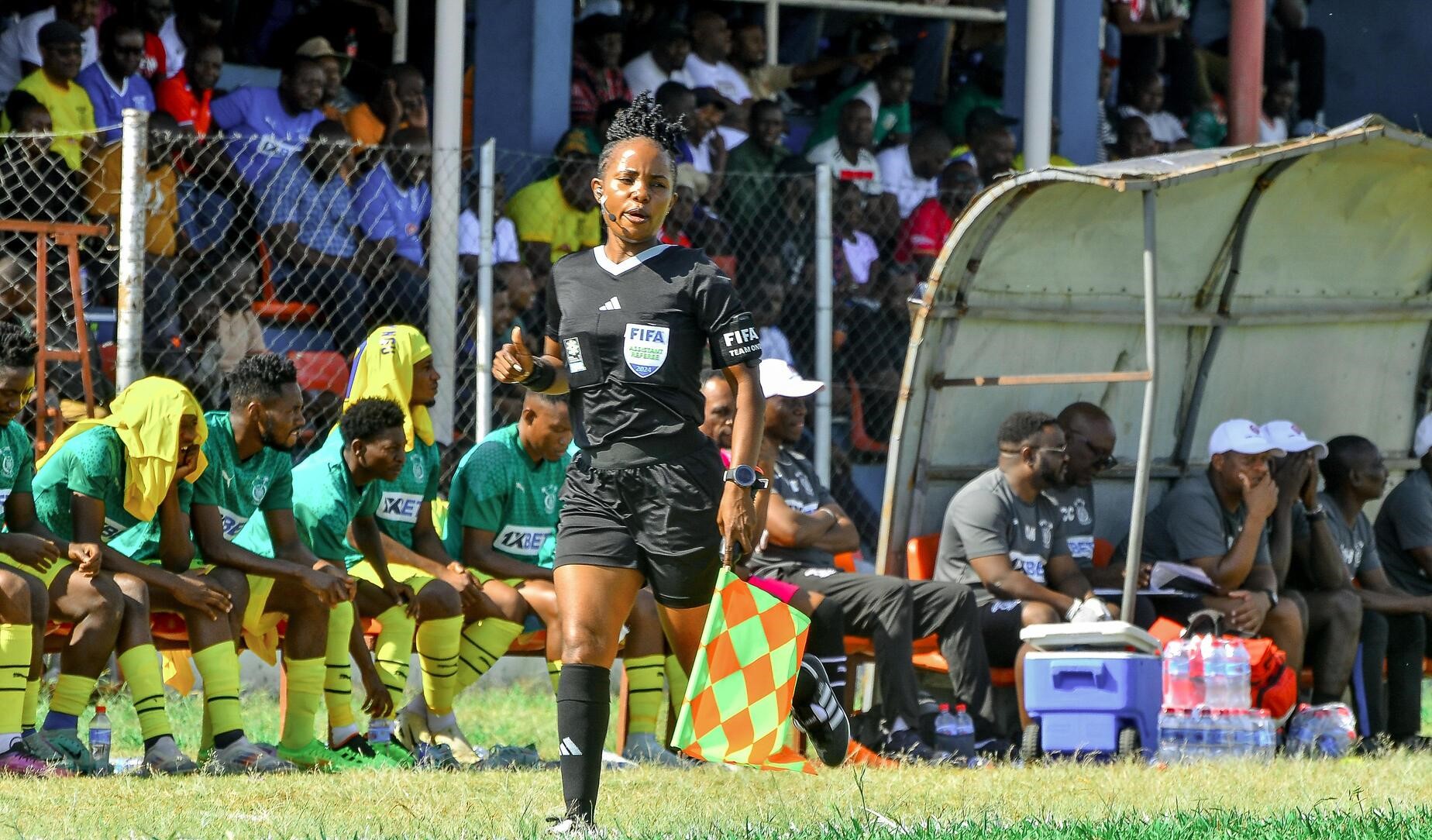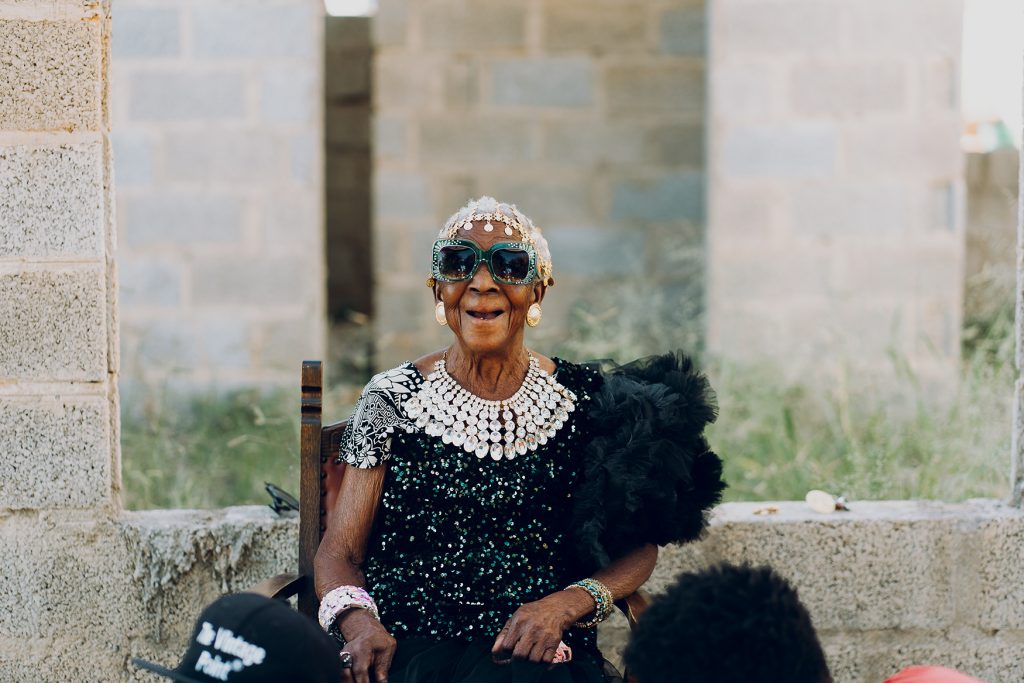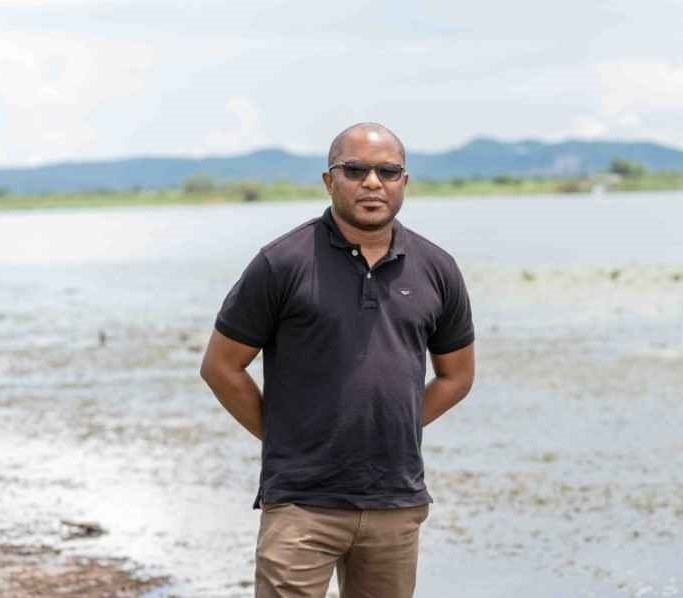With goggles and headphones on, the Virtual Reality (VR) experience begins. I am sitting in the pilot seat of a space capsule. My guide is the British astronaut Tim Peake and he is taking us through a VR of his return to earth. The capsule eases away from the International Space Station (ISS) at a graceful speed of 10 cm per second, soon to be speeded up by thrusters.
I am now outside the capsule and by turning around, I can see the ISS, about the size of a football pitch, slowly “floating away” behind me. Although the ISS travels through space at 7.66 km per second or 27,600 km per hour and obits Earth every 92 minutes (that’s nearly 16 sunrises and sunsets over 24 hours), from my perspective of being in a VR capsule, it was a gentle separation. I look down and notice how a thin band of visible atmosphere envelops the Earth, 400 km away.
Seen from space, the visible atmosphere is a thin blue halo that surrounds the Earth. Crucial for life on Earth, it absorbs heat from the sun along with harmful rays.
Made up of a number of layers, the visual part of the atmosphere is 120 km deep. The troposphere starts at the Earth’s surface and extends on average 12 kilometers high and is the densest. Almost all weather is in this region. The next layer, the stratosphere, includes the ozone layer, which absorbs and scatters the solar ultraviolet radiation. Then the mesosphere, mostly invisible, is where the meteors burn up.
As we travel closer to Earth, I can see more and more detail. We are over Africa. What an incredible view. We fly over the largest hot desert on earth, the Sahara, the size of the United States and moving south some 30 km per year. Further south there are the tropical forests of Central Africa, second largest after the Amazon and reportedly being logged at the rate of one football pitch per second. Soon we have landed on the Russian steppes and the virtual reality experience is over. We have loved it so much that we pay for the six-minute experience again. My desire to see earth from a distance is somewhat satiated.
The VR experience in the London Science Museum has a particular significance for me. It is the day we are celebrating the life of my first cousin, Piers Sellers who died on 24th December 2016 after an extraordinary life. At the age of 14 he watched, on a black and white TV, man’s first step on the moon. He later said, “I was mesmerized by the experience of watching Armstrong walk on the moon and I knew then that I wanted to someday travel to space myself”. Thirty-three years later he realized his dream and over three visits to the ISS he spent 35 days and travelled 23.6 million km in space. He totaled six space walks over 41 hours, otherwise known as EVAs (extravehicular activity done by an astronaut outside a spacecraft). He famously let a spanner float off into space!
Before joining the astronaut corps, Piers worked at NASA Goddard Space Flight Center and researched how the Earth’s biosphere and atmosphere interact. His original research, for his doctorate, resulted in a model called the “Simple Biosphere Model” (SiB), which has been developed over the decades by many teams of scientists. The Biosphere is the global ecological system integrating all living beings and their relationships, including with the elements – the land, sea and atmosphere. This is a thin layer on and near the surface of the Earth and is a delicate, self-regulating closed system. In essence, Pier’s working career, other than visiting space, was focused on climate change and he was one of the leading scientists on the subject.
Before his death, he contributed to the now well-known documentary “Before the Flood”, co-produced and hosted by Leonardo DiCaprio. He describes how from space he saw the atmosphere like an onion-skin, a fragile thin layer that holds the gases we need for survival. He goes on to talk about the inevitable impact that climate change will have. The facts are the facts he says – the ice is melting, the temperatures and sea levels are rising. Man, knowing the facts and facing the consequences, can find solutions. And once we really feel the impact of climate change we will make the hard political decisions and learn to drop fossil fuels, discontinue the destruction of forests amongst others solutions.
After a career working on climate change and having seen the Earth from the perspective of space, he remains hopeful that mankind will make the tough choices needed to reverse the current global warming. I only managed to get a glimpse of what he saw, sitting on a chair in London, equipped with goggles and headphones for my space VR experience. But what a great six minute ride it was.
